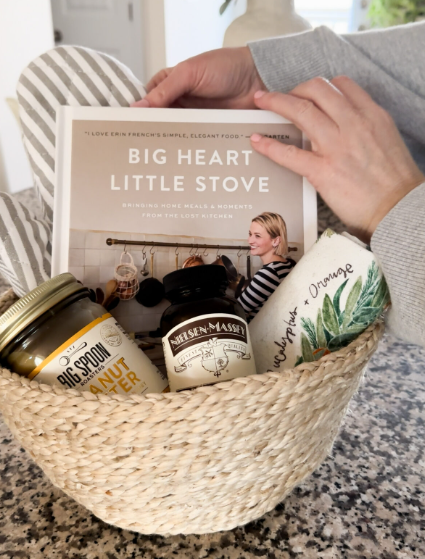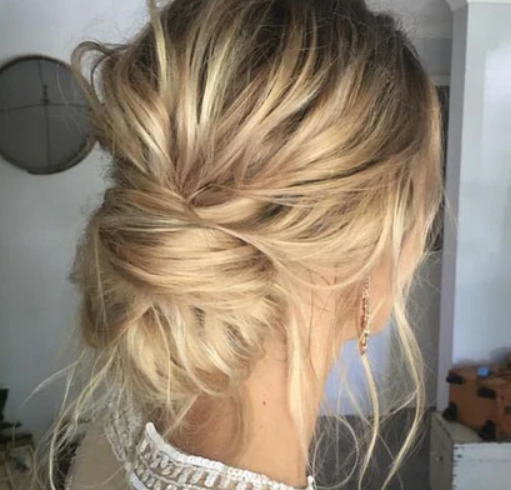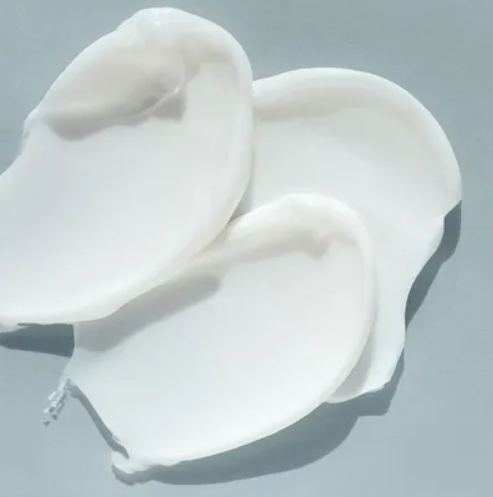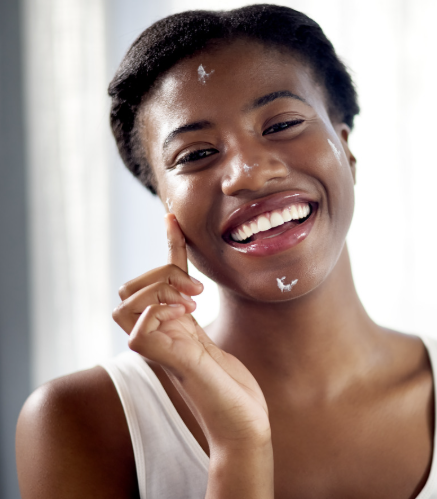Most of us have experienced that twinge of jealousy when we spot a head of hair that looks impossibly shiny, thick, or healthy—often belonging to someone like Jessica Alba. Meanwhile, our own strands might be falling flat, frizzing out, or showing signs of damage. I get it—my hair is fine, fragile, and currently transitioning from color-treated to its natural mix of brown and gray. So, yes, I understand hair frustration.
But here’s a reality check: no magical product will morph our hair into someone else’s. Chasing someone else’s look often leads to more disappointment. Instead, what is achievable is improving the health and vitality of your own hair. With a few small changes to your routine, your strands can become stronger, shinier, and more resilient—sometimes in just a few weeks.
Here are seven straightforward solutions to help you tackle common hair issues and start loving your natural texture again.
1. Manage Frizz Gently
Frizz tempts us to grab a brush and smooth things down, but that can backfire. A gentler method? Use damp fingers to lightly separate tangled strands. This helps reduce friction and preserves your natural pattern.
To treat frizz long-term, look into strengthening protein-rich products. Shampoos, conditioners, and leave-in treatments containing keratin can reinforce weak hair fibers. Brands like Redken, OGX, and CHI offer affordable options you can use at home. If you want immediate and more dramatic results, a professional keratin treatment at the salon might be worth considering.
2. Find the Right Washing Routine
How often you wash your hair matters—a lot. Over-washing strips away essential oils, making hair dry and brittle. But skipping washes for too long can allow buildup from oil and pollutants to harm both your scalp and strands.
There’s no universal rule, but try starting with two or three washes per week and adjust as needed. If your roots feel greasy by day two, try washing a bit more frequently. On the flip side, if your hair feels parched, you might be washing too often.
3. Improve Hair Health from the Inside Out
Your hair reflects your overall nutrition. If it feels weak at the root or breaks easily, your diet could be missing essential nutrients.
Following a Mediterranean-style meal plan—rich in vegetables, lean proteins, healthy fats, and whole grains—can support better hair health. Focus on foods high in omega-3s, vitamins A, C, E, iron, and B-complex vitamins. And go easy on artificial sweeteners, which may interfere with your body’s ability to absorb protein.
4. Add Oil on No-Wash Days
On days when you’re skipping shampoo, a few drops of nourishing oil can keep your hair looking polished. Massage a lightweight oil like coconut, avocado, olive, or almond into your scalp and ends. This helps soothe dry skin and adds shine to your strands.
Be sure to apply oil to dry hair and use it sparingly—a little truly goes a long way.
5. Don’t Overdo the Brushing
Brushing can help spread your scalp’s natural oils, but going overboard may do more harm than good. Excessive brushing, especially on wet hair, can lead to breakage and thinning.
To detangle wet hair safely, use a wide-toothed comb and a detangling spray. Towel-dry your hair gently before styling, and when you do use heat, opt for tools that minimize damage.
6. Choose the Right Haircut
Sometimes the issue isn’t the product or the styling method—it’s the haircut itself. A cut that clashes with your natural hair type can lead to constant styling struggles.
Ask your stylist to recommend a style that complements your texture and density. A good haircut should work with your hair, not against it. If your stylist can’t guide you here, it might be time to seek out someone with more expertise in texture-specific styling.
7. Find a Heat-Free Go-To Style
Heat tools may offer fast results, but over time they wreak havoc on hair health. To give your hair a break, experiment with heat-free styles that still look polished. Whether it’s a braid, a scarf wrap, a sleek bun, or a low ponytail, find a low-maintenance style you feel great in. Even skipping heat just two days a week can make a difference.
Start Your Hair Comeback Today
By shifting your focus from comparison to self-care, you can improve your hair’s condition and regain confidence in your look. Small habits like proper washing, nutrition, and protective styling make a big impact over time. Don’t hesitate to consult a professional stylist for a tailored cut and personalized recommendations. With the right approach, healthy, happy hair is within reach.








